It can be said that traditional cakes were born when people knew how to cultivate and behave in harmony with the natural environment to survive and develop. The birth of cakes met the needs of eating a full meal, snacking, and snacking while working in the sun and rain in the fields, on long journeys, or in cozy meals with family.
Throughout the length of the country, cakes and fruits have become familiar products closely associated with the lives of Vietnamese people. Abundant raw materials, favorable natural conditions and regional characteristics have created folk cakes with profound cultural stories, clearly reflecting the identity, personality and creativity of the Vietnamese people.
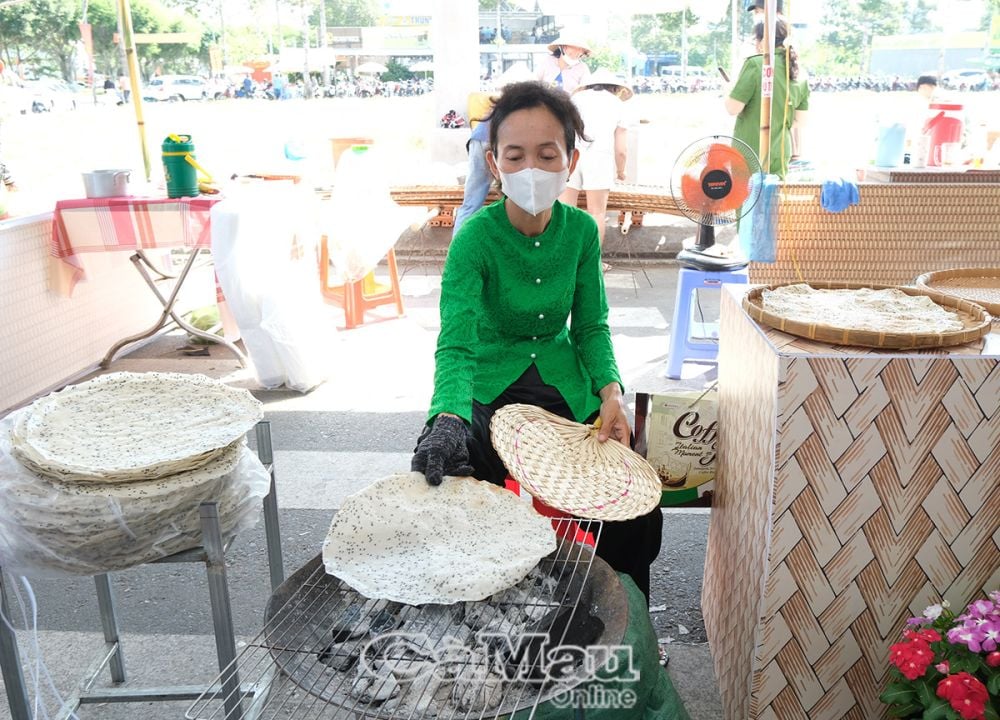
Having existed for 200 years, the artisans of Thuan Hung rice paper village (Thot Not district, Can Tho city) are still diligently preserving the traditional craft to keep the baking ovens always burning.
If the North stands out with cakes with elegant, light flavors, the Central region impresses with rich, spicy cakes; and in the South, traditional cakes often have a sweet and fragrant taste from fruits.
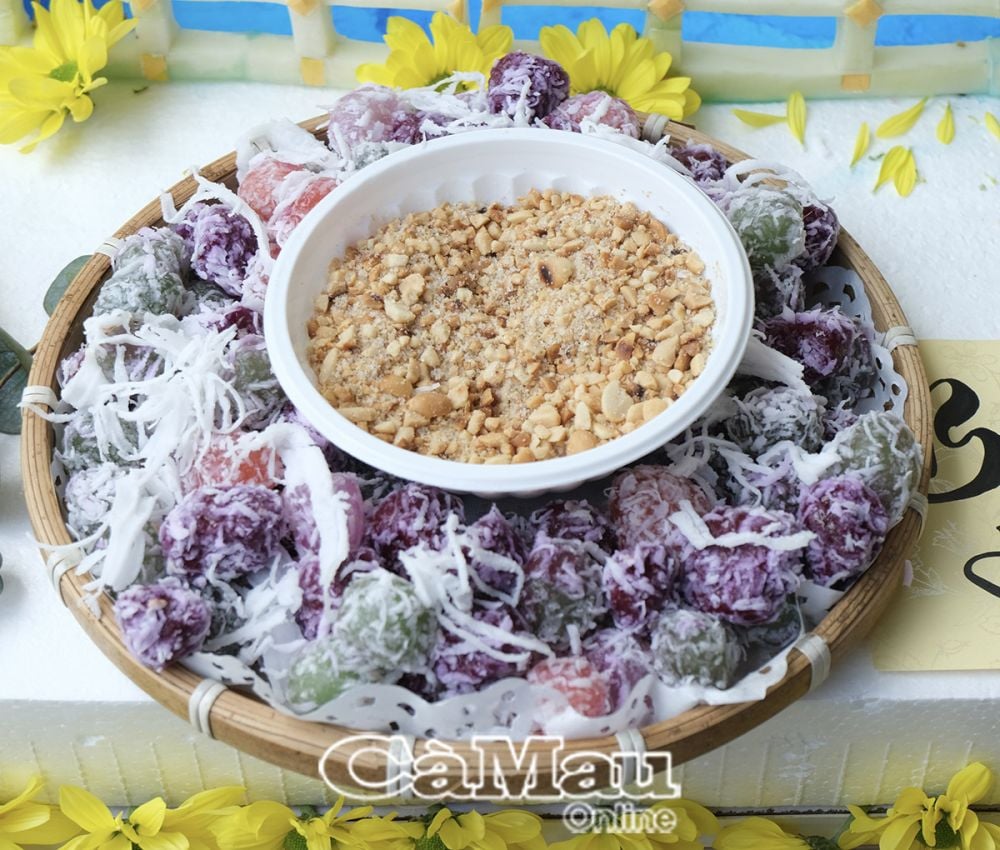
Hon cake, a famous specialty of the sunny and windy land of Ninh Thuan.
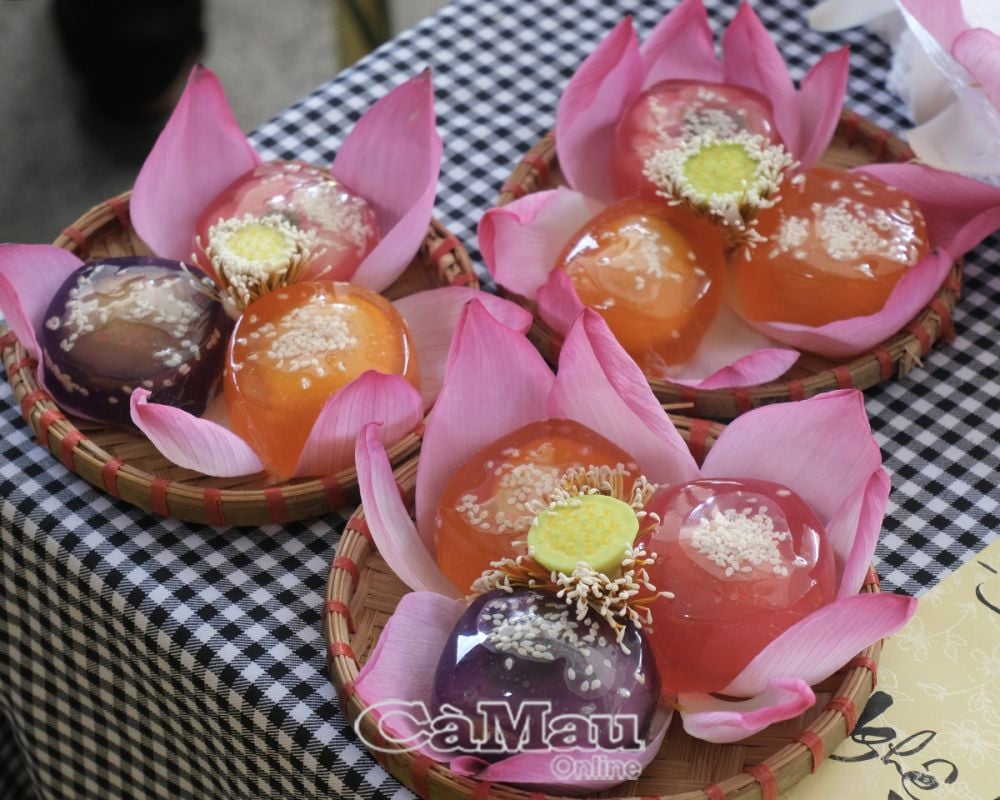
Banh xu xe (Northern region), one of the familiar cakes used as an engagement gift during weddings.
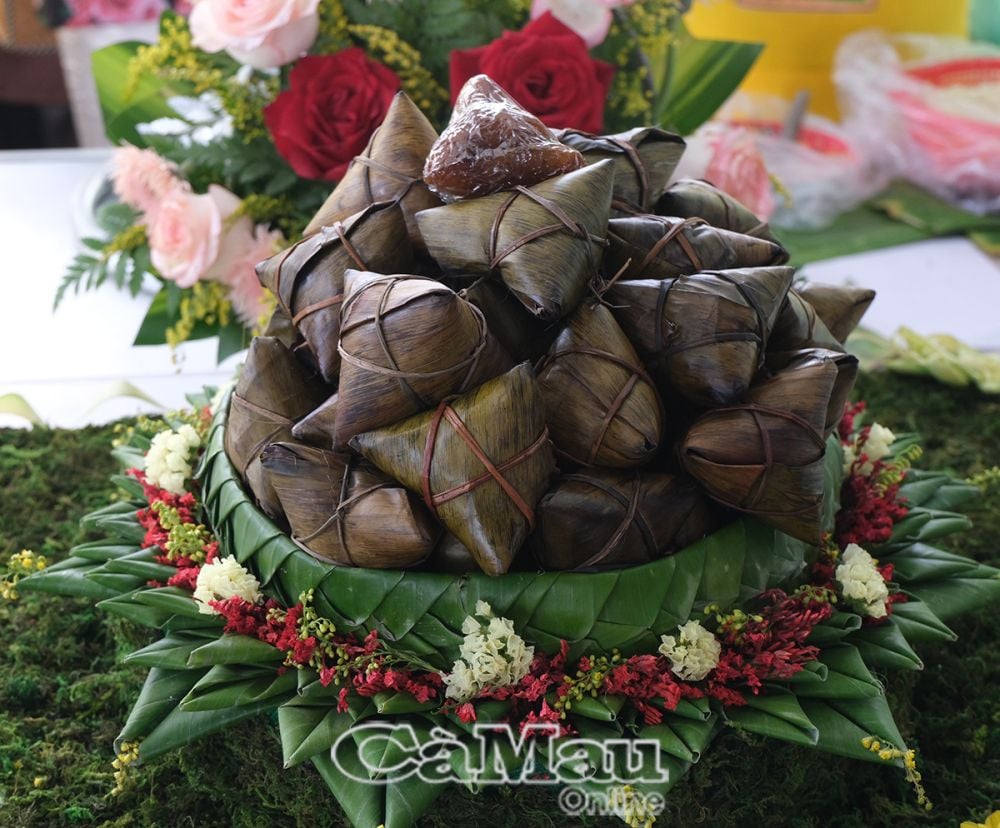
Banh ú nước tro, with soft sticky rice, one of the famous traditional cakes of the Southwest region.

Humpback Chung cake, a typical cake of the Tay ethnic group (Ha Giang).
As a purely agricultural country, traditional cake ingredients are mainly taken from available agricultural products such as rice, flour, beans, wheat, pandan leaves, cassava, or sticky rice... combined with the creativity of the people in taking advantage of available resources to create familiar dishes in daily life, symbolizing the connection between people and the land.
From the rich processing methods, unique flavors to the sophistication in presentation, each cake is not only a dedicated work of art, but also a sacred bridge between the past and the present, between generations of Vietnamese people in preserving and promoting traditional culinary cultural values./.
Performed by Huu Nghia
Source: https://baocamau.vn/banh-ngon-ba-mien-a38436.html


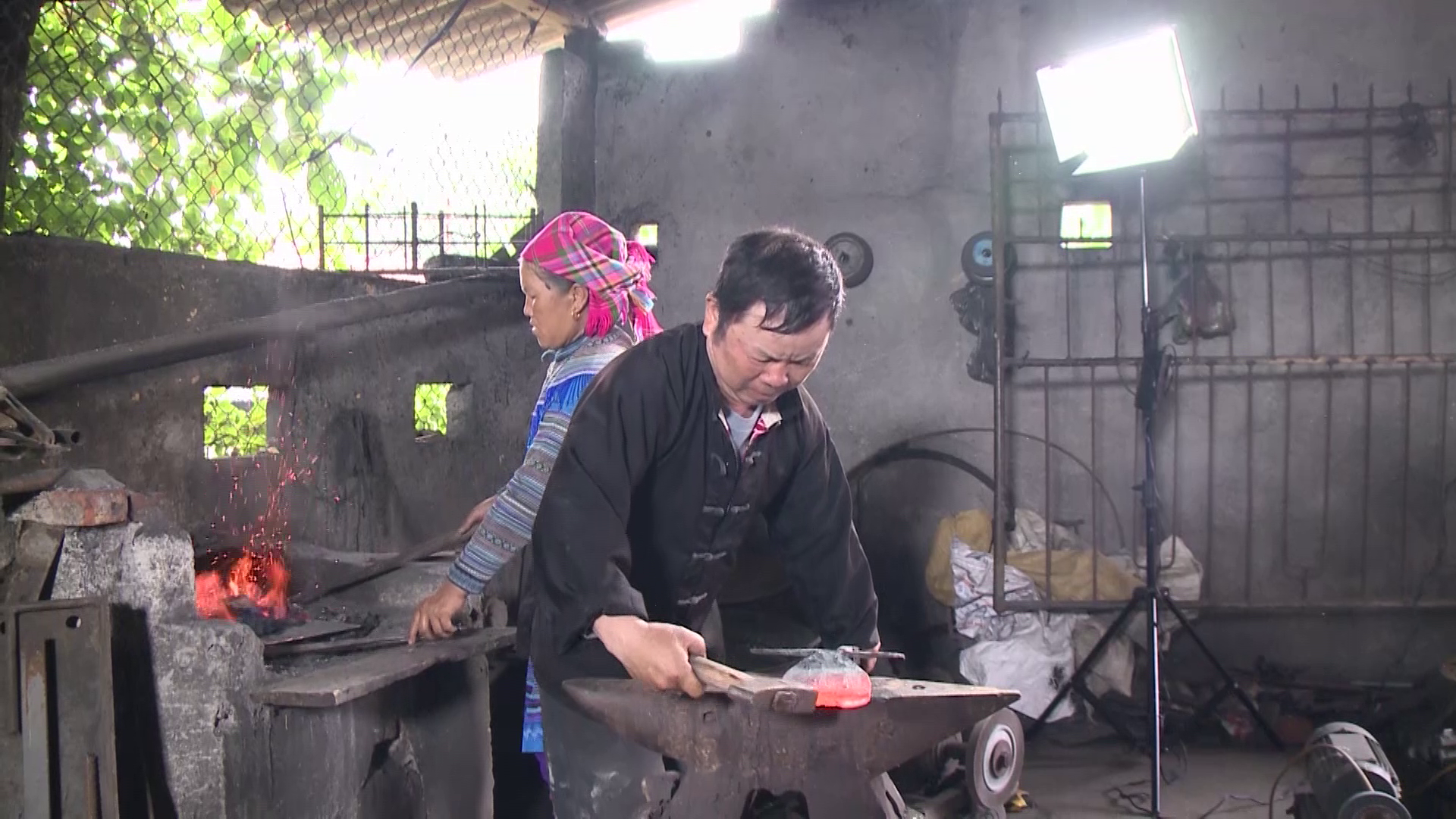


![[UPDATE] April 30th parade rehearsal on Le Duan street in front of Independence Palace](https://vstatic.vietnam.vn/vietnam/resource/IMAGE/2025/4/18/8f2604c6bc5648d4b918bd6867d08396)
![[Photo] Prime Minister Pham Minh Chinh receives Mr. Jefferey Perlman, CEO of Warburg Pincus Group (USA)](https://vstatic.vietnam.vn/vietnam/resource/IMAGE/2025/4/18/c37781eeb50342f09d8fe6841db2426c)

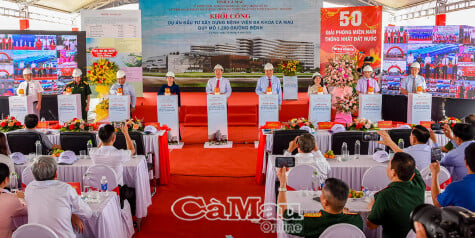
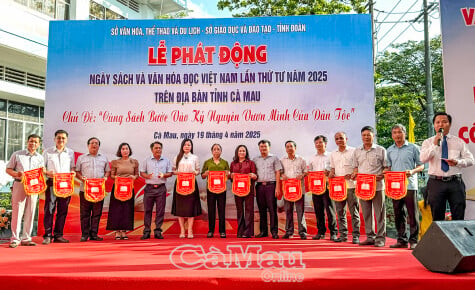
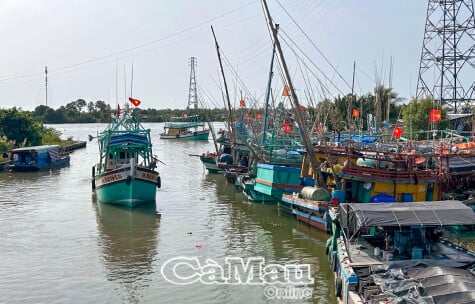
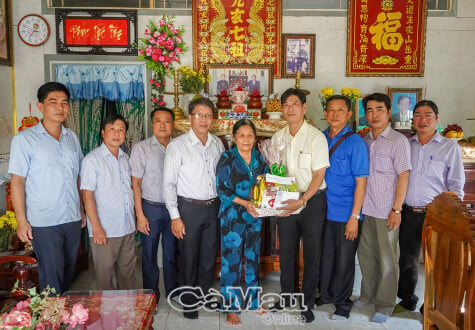
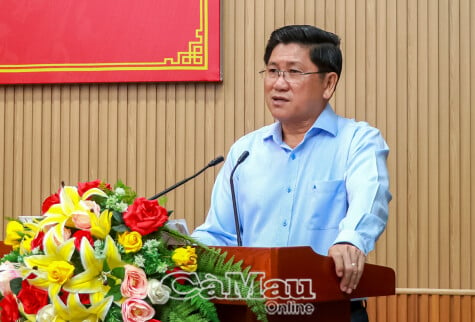





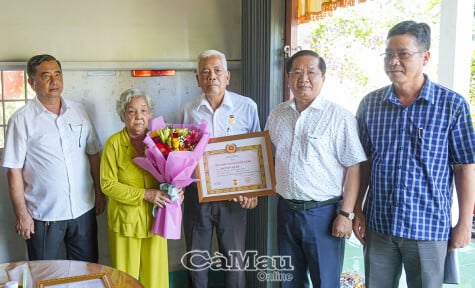
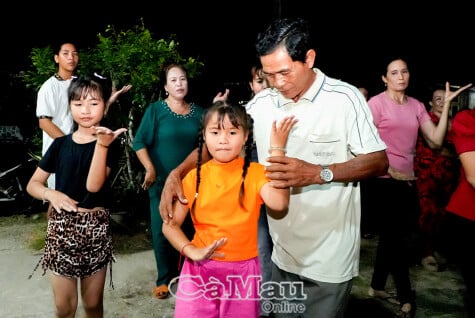
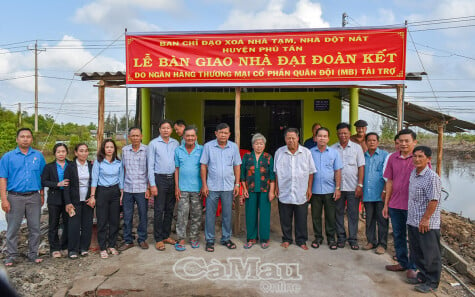
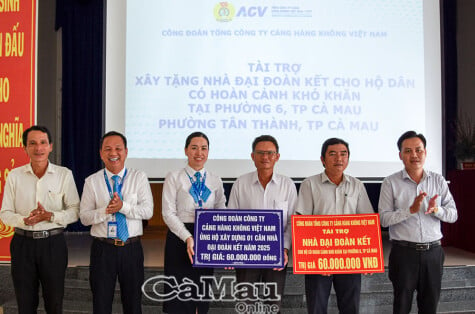
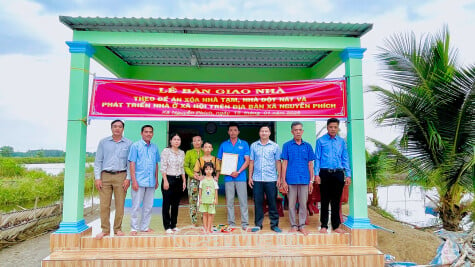
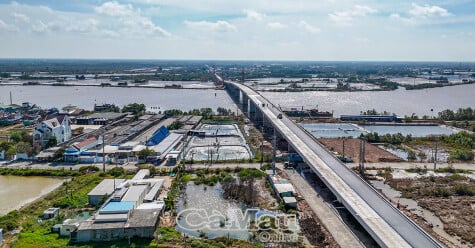


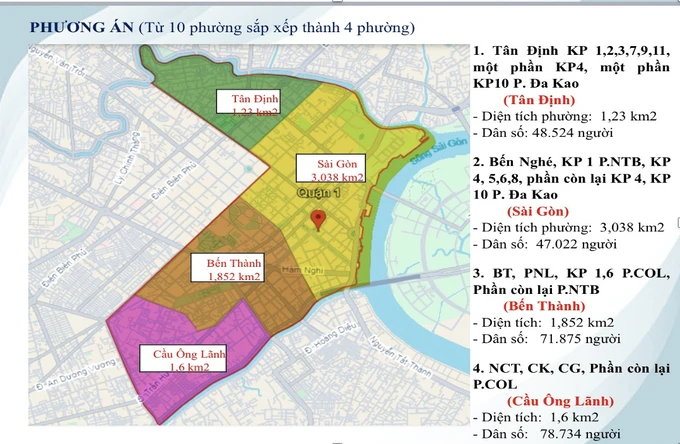

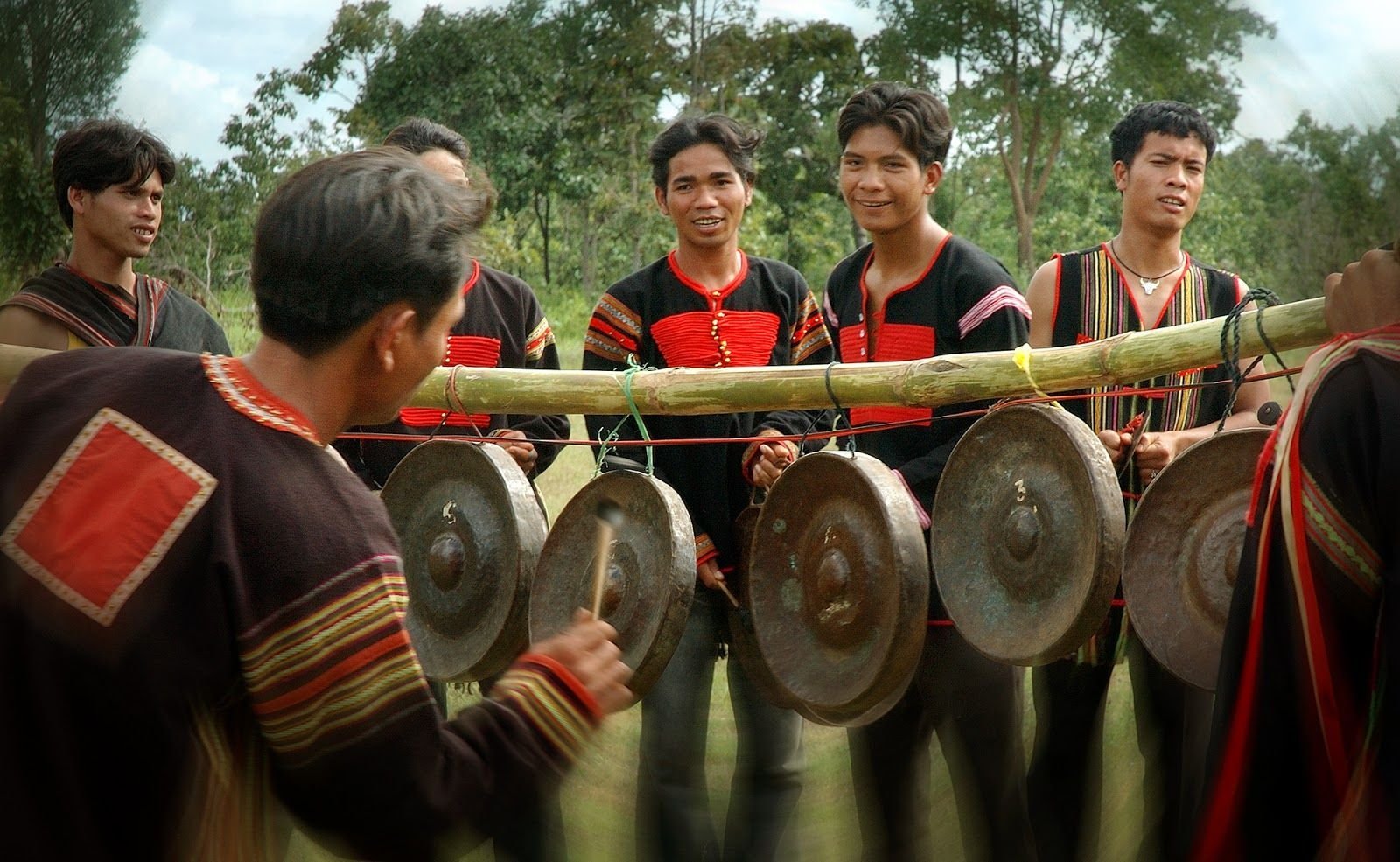





















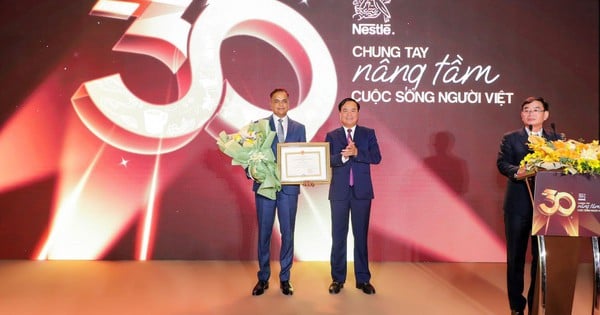







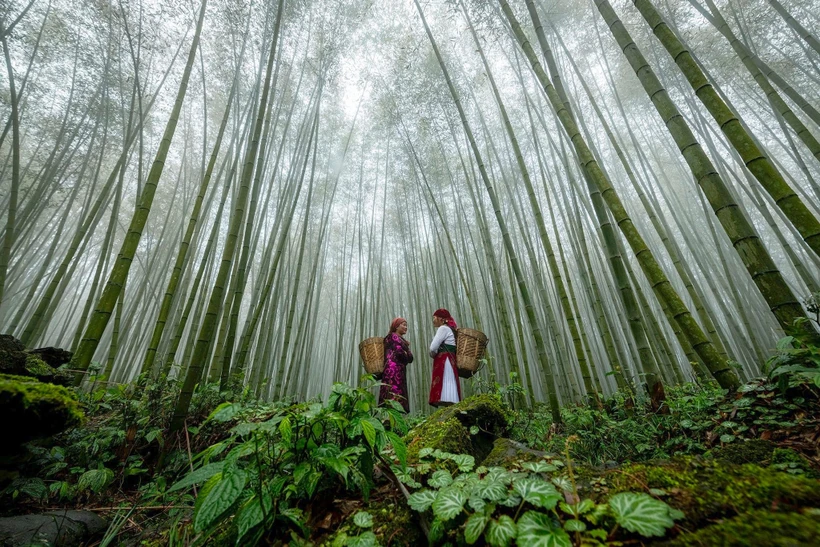


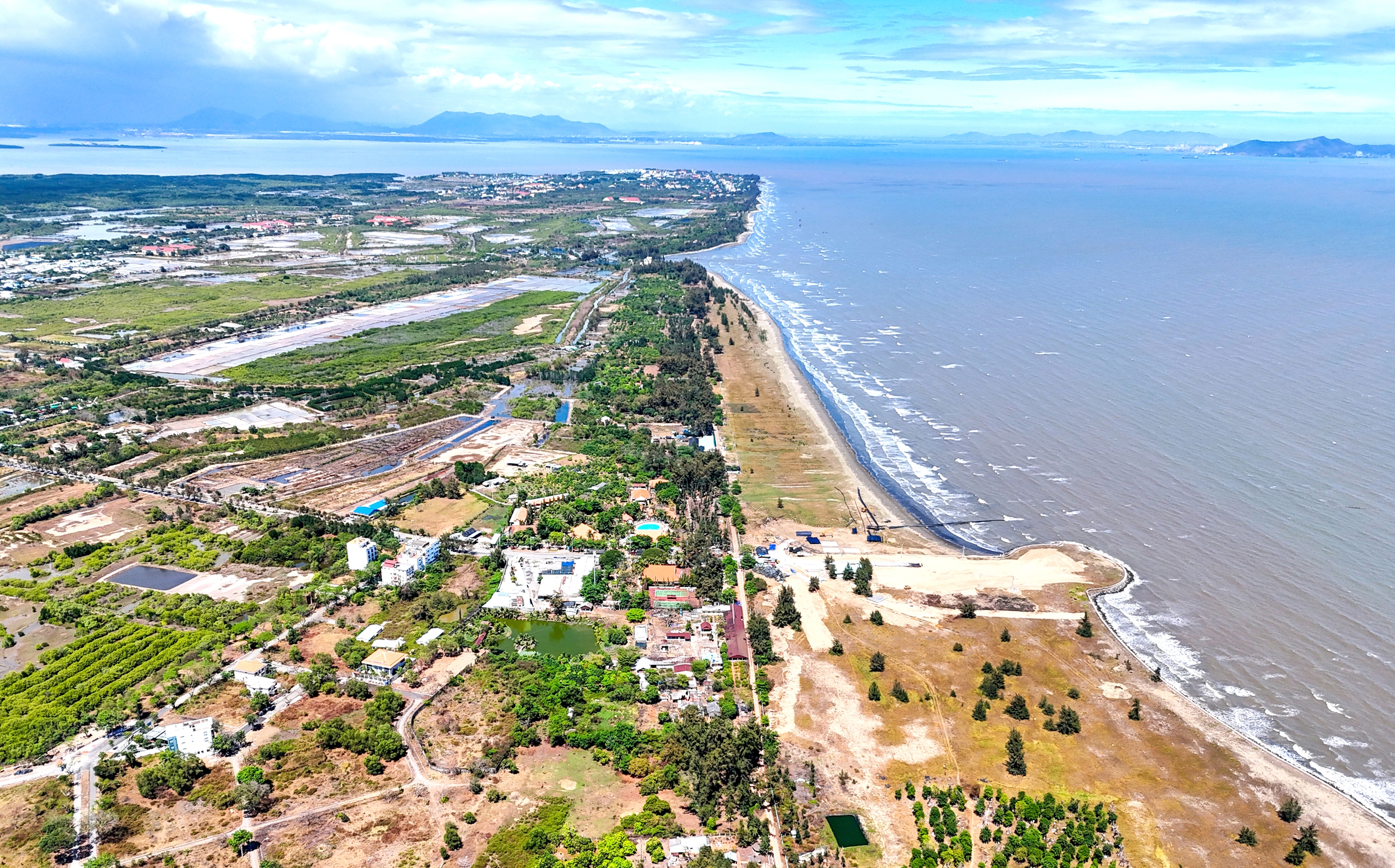

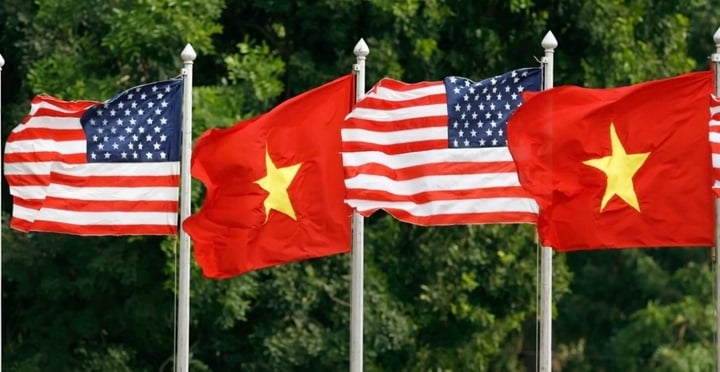



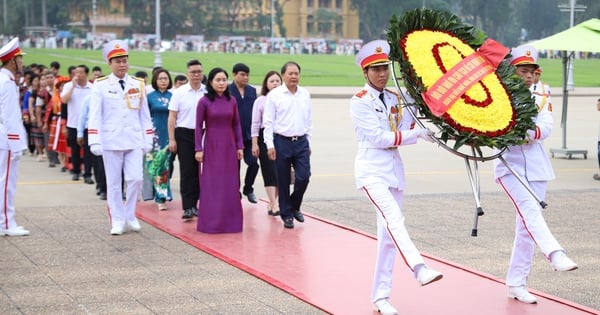


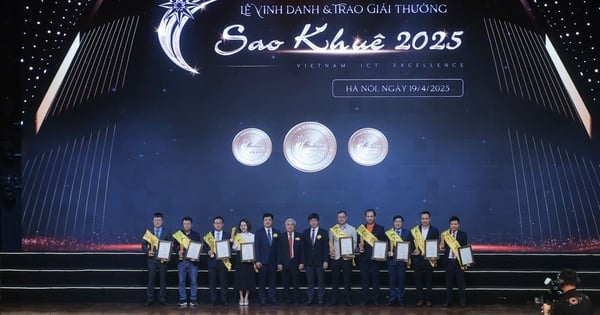

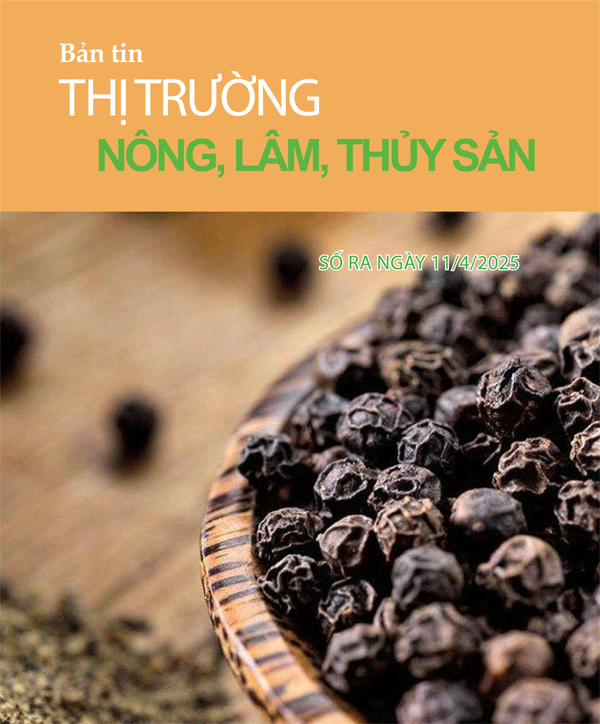

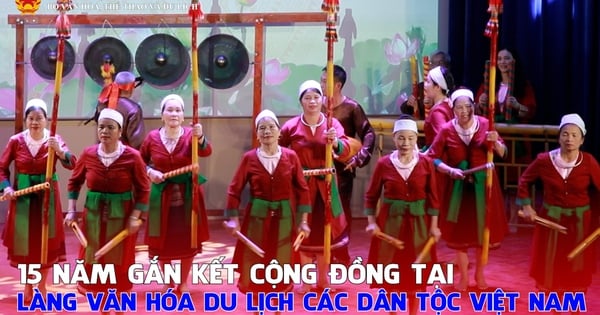



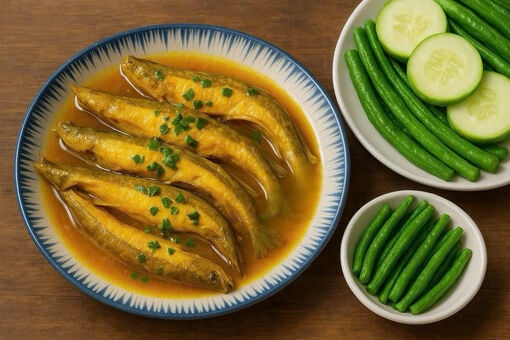


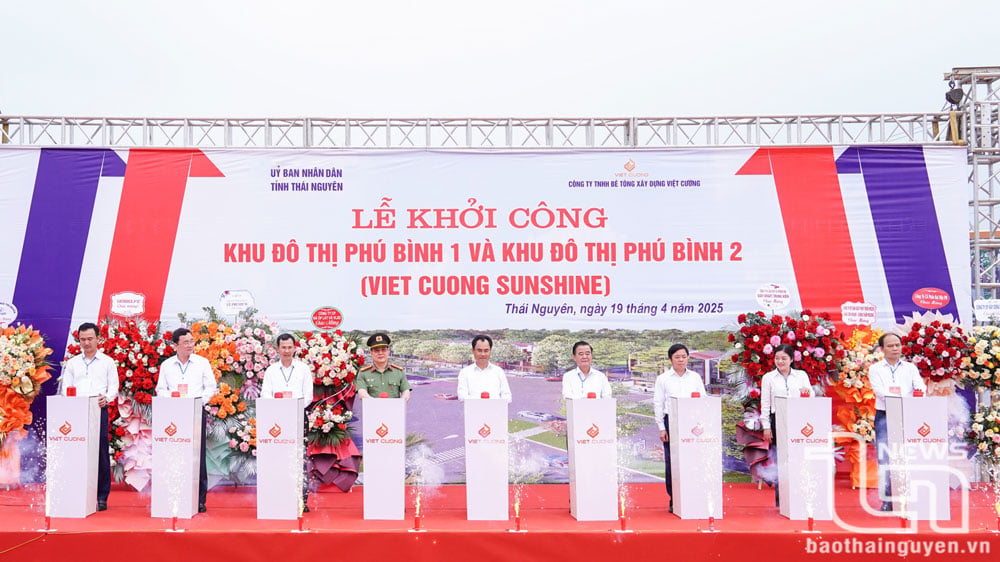

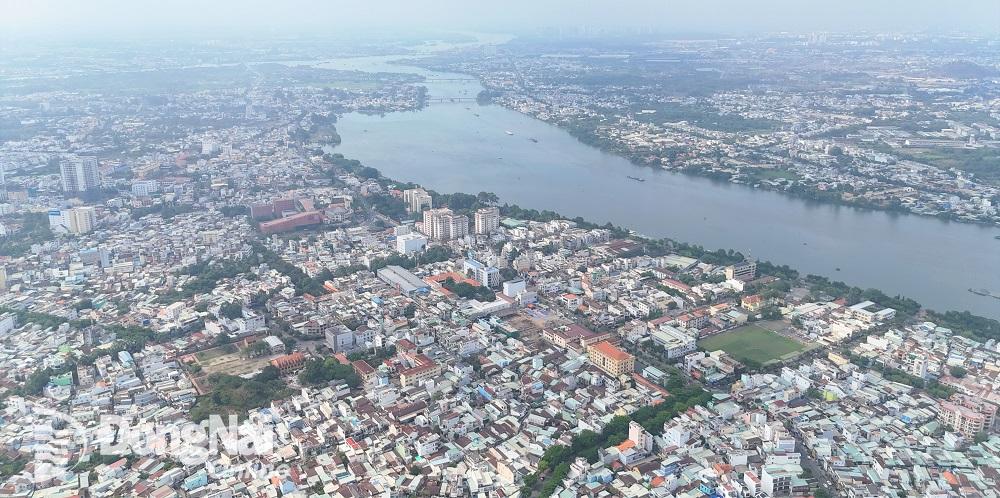

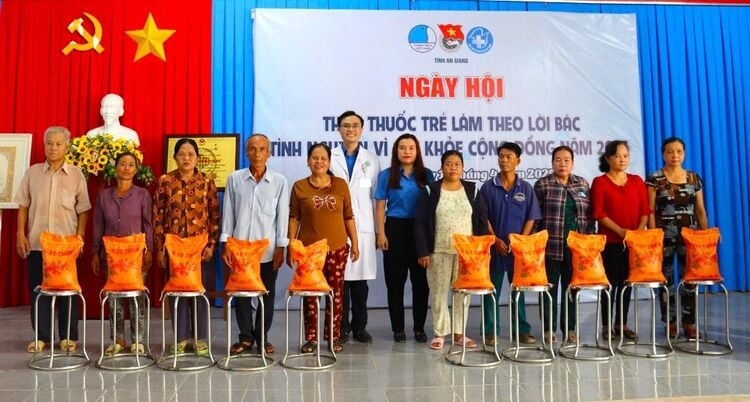









Comment (0)